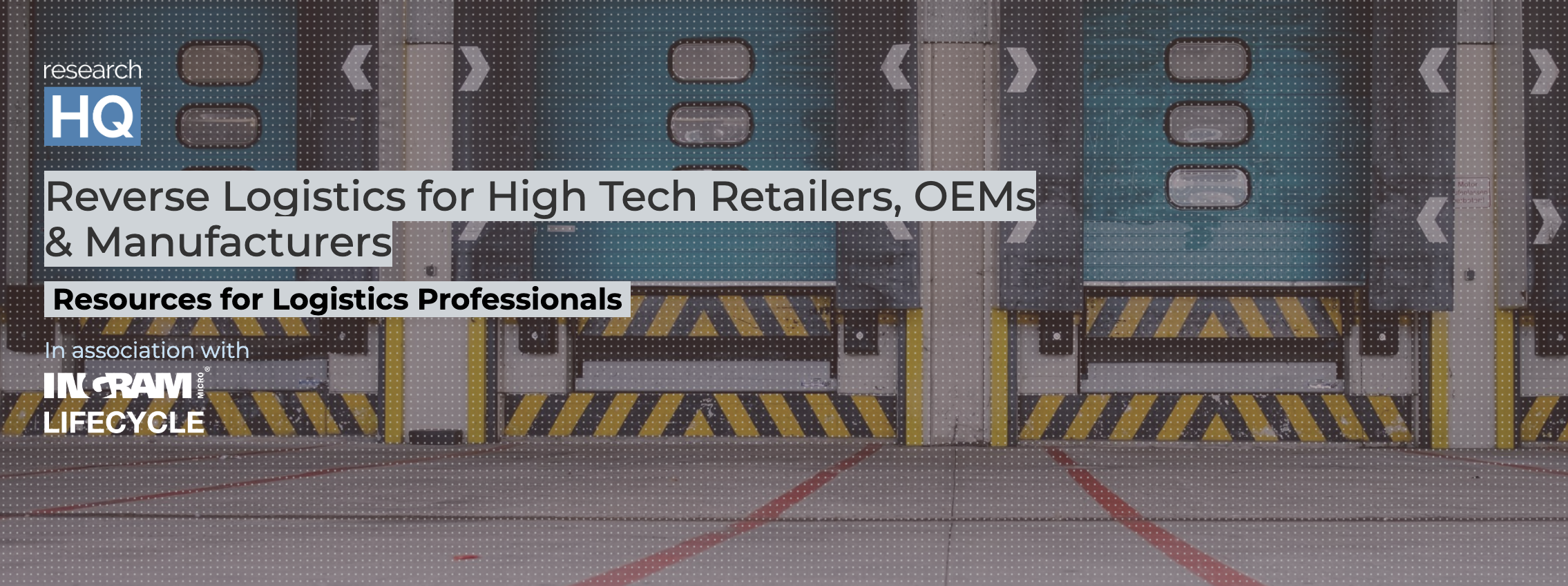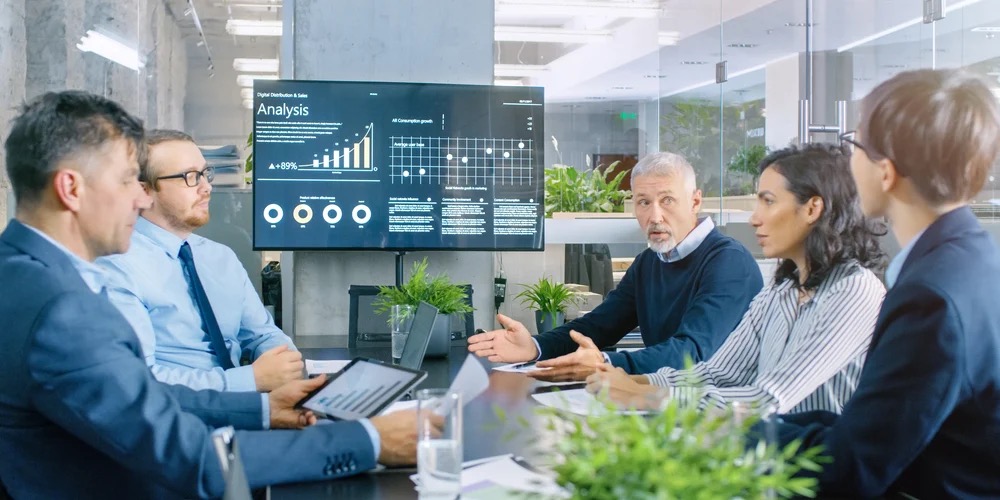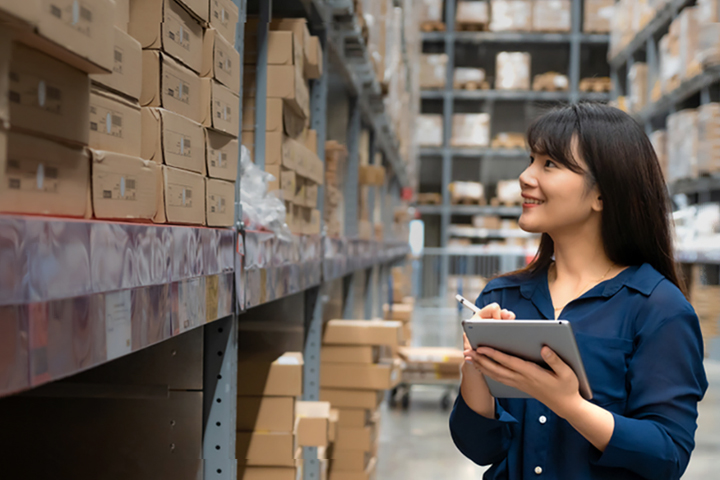
When manufacturers picture the natural flow of their supply chain, they probably envisage the product creation journey. This usually starts with the purchasing of materials from suppliers, then moves on to the production stage, and finishes with the delivery to paying customers.
However, perhaps not enough manufacturers pay much attention to the possibility of this process flowing in the opposite direction. This is known as reverse logistics and is an outcome that can both be planned for and utilised beneficially.
So, what exactly is reverse logistics, and what are the advantages gained from completing it effectively? In this article, we look at the difference between reverse logistics and traditional logistics, whilst also explaining how to successfully implement the former…
What is reverse logistics in supply chain management?
Reverse logistics is needed when a complete product must travel back through the supply chain from the direction it came (usually from the customer back to the manufacturer). The customer would normally be the final destination in the logistical chain, however, any action that takes place after this point will require reverse logistics.
This may be needed for a multitude of reasons, which is why manufacturers should be ready for such outcomes. Without the appropriate measures in place, your operation could face substantial downtime, with employees having to spend time dealing with bottlenecks and disgruntled customers.
What are the main reasons for reverse logistics?
- Returns
For any selling company, it can be wise to have some form of returns policy. Therefore, when customers make use of such a scheme, products will inevitably have to travel back to the seller. They may have bought the wrong item by mistake, or possibly selected the wrong specifications. By embracing returns, you give the customer a greater chance of getting what they want, which makes them more likely to buy from you again. - Rented items
Some companies will allow customers to rent products for a set period. The length of time will be agreed upon beforehand, as well as expectations of what state the item should be returned in. It should also be very clear which method will be used for giving the item back once the rental has expired. - Repairs
If a product is broken within a certain timeframe after being purchased (and it wasn’t misused), then manufacturers may agree to complete a repair. Any stipulations around repair policies would be outlined beforehand. Some businesses even provide maintenance services, taking the purchases back every so often to keep them in good condition. - Refurbishing / Rebuilding
If a client wishes to move on to the latest version of your products, they may trade in any older models they have. In this scenario, the traded-in parts could be refurbished to be sold again. Or they could be broken down into their fundamental materials and repurposed to create an entirely different sellable good. - Delivery problems
There may be instances where there is an issue with the transportation of goods. The buyer may fail to be in the right place at the agreed time. Or unforeseen circumstances could prevent the driver from reaching the desired destination. The only real option in this scenario would be to return to the warehouse. - Recycling
Another reason reverse logistics might be needed is for products that have reached the end of their lives. If an item has perished (or is no longer usable) then a customer will likely look to discard it. Some manufacturers will offer to take these materials back in order to recycle them.
What are the advantages of reverse logistics?
- Create more value
Reverse logistics provides an opportunity to retain value for your business that would have otherwise been lost. By repurposing goods that may have become waste, you’re able to generate unexpected streams of income, which only adds to your overall revenue. Your catalogue of products are more valuable if they can be retrieved and used many times over. - Provide better customer service
If a customer is having an issue with the stock you’ve sold them, they will only become further dissatisfied if there’s no way to remedy the situation. Equally, if you’re willing to fix the problem, but haven’t implemented the appropriate processes, it will take a long time to deliver a resolution. Having a reverse logistics procedure means that you can act right away, providing a swift and sufficient service. - Increase eco-friendliness
Recycling and reusing old materials isn’t just beneficial from a financial perspective, it’s better for the environment too. If you offer customers the chance to give materials back (that are no longer fit for use), you can use your industry expertise to ensure they’re disposed of sustainably. This has reputational benefits, as some consumers will only be willing to buy from businesses that are actively green. It will help you to avoid fines too, as more environmental legislation continues to come into play. - Gain insights
There is valuable data associated with reverse logistics. This can be tapped into and used to your advantage. By looking at aspects such as the number of products being returned, which specific items are regularly sent back, and which customers return most often, you can make strategic decisions that have a positive impact. You could look to make certain products more durable if they always break (or perhaps change their design). Policies could also be tightened if they’re being exploited by customers. - Lower costs
It’s also possible to eliminate some expenses by simply being prepared for reverse logistics. When leaving it until the last minute, there’s likely to be extortionate costs associated with the transport and storage needed to send something back through the supply chain. With the rise of e-commerce, returns have become more frequent too, so these costs would really start to add up after a while.









